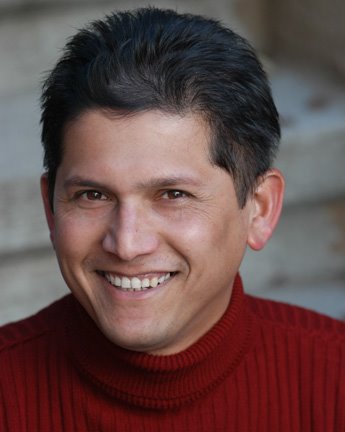I was first exposed to the poem entitled, "Night of the Scorpion" when I was in the so-called intermediate stage of schooling. It was a part of our English course, and I was 16 then.
The poem was about a child's observations after his/her mom was stung by a scorpion. I could identify with the poem because I was from a hot, humid area, where small-sized scorpions used to be in abundance during the rain season, and my mother was stung by them many times. She of course, did not make much fuss about it, except for utting some herbal medicine she had known from someone on the wound, and being touchy and irritable for the next couple of hours!
I perhaps also liked the poem because the teacher made the most sofisticted and beautiful girl in the class recite it for us! I say perhaps, because though I remember her reading it loud, I cannot exactly decide if I liked the poem because of her, but what I feel more likely is that I remember because of the poem.
The poet of this peom was Nissim Ezekiel, arguably one of the best poets of India, writing in English. I was pretty ignorant then, and all non-Sanrkit non-Arabic/Persian names sounded Chrsitian to me. It took me another 5-6 years to realize that our poet was a Jewish person!
It was much later that I learnt that India was one of the countries, where the Jewish people were never persucted by the society or the rulers.
However, Nissim Ezekiel, as a kid, had to face bullying from his clasmates. But I can see that it was not anti-semitism; even if he belonged to another community, he would have bullied, because he was like many of us: a studious, shy, weak kid.
And interesingly, even Ezekiel himself realized this fact once he went abroad. The follwing poet by him exactly portrays his changing understanding of the issue with growing maturity.
And thus India continued to have a great poet in English, and Bombay University a Professor. Nissim Ezekiel never emigrated to Israel.
Background, Casually1
A poet-rascal-clown was born,
The frightened child who would not eat
Or sleep, a boy of meager bone.
He never learned to fly a kite,
His borrowed top refused to spin.
I went to Roman Catholic school,
A mugging Jew among the wolves.
They told me I had killed the Christ,
That year I won the scripture prize.
A Muslim sportsman boxed my ears.
I grew in terror of the strong
But undernourished Hindu lads,
Their prepositions always wrong,
Repelled me by passivity.
One noisy day I used a knife.
At home on Friday nights the prayers
Were said. My morals had declined.
I heard of Yoga and of Zen.
Could I, perhaps, be rabbisaint?
The more I searched, the less I found.
Twentytwo: time to go abroad.
First, the decision, then a friend
To pay the fare. Philosophy,
Poverty and Poetry, three
Companions shared my basement room.
2
The London seasons passed me by.
I lay in bed two years alone,
And then a Woman came to tell
My willing ears I was the Son
Of Man. I knew that I had failed
In everything, a bitter thought.
So, in an English cargoship
Taking French guns and mortar shells
To IndoChina, scrubbed the decks,
And learned to laugh again at home.
How to feel it home, was the point.
Some reading had been done, but what
Had I observed, except my own
Exasperation? All Hindus are
Like that, my father used to say,
When someone talked too loudly, or
Knocked at the door like the Devil.
They hawked and spat. They sprawled around.
I prepared for the worst. Married,
Changed jobs, and saw myself a fool.
The song of my experience sung,
I knew that all was yet to sing.
My ancestors, among the castes,
Were aliens crushing seed for bread
(The hooded bullock made his rounds).
3
One among them fought and taught,
A Major bearing British arms.
He told my father sad stories
Of the Boer War. I dreamed that
Fierce men had bound my feet and hands.
The later dreams were all of words.
I did not know that words betray
But let the poems come, and lost
That grip on things the worldly prize.
I would not suffer that again.
I look about me now, and try
To formulate a plainer view:
The wise survive and serve--to play
The fool, to cash in on
The inner and the outer storms.
The Indian landscape sears my eyes.
I have become a part of it
To be observed by foreigners.
They say that I am singular,
Their letters overstate the case.
I have made my commitments now.
This is one: to stay where I am,
As others choose to give themselves
In some remote and backward place.
My backward place is where I am.
_____________________________________________
Acknowledgements: http://www.guardian.co.uk/india/story/0,12559,1165150,00.html
http://mail.sarai.net/pipermail/reader-list/2004-April/003638.html
http://english.sem40.ru/cultural_heritage/8535/
http://www.cs.rice.edu/~ssiyer/minstrels/poems/579.html
http://www.cs.rice.edu/~ssiyer/minstrels/poems/516.html
http://www.cs.rice.edu/~ssiyer/minstrels/poems/714.html
http://www.languageinindia.com/feb2004/nissim.html

